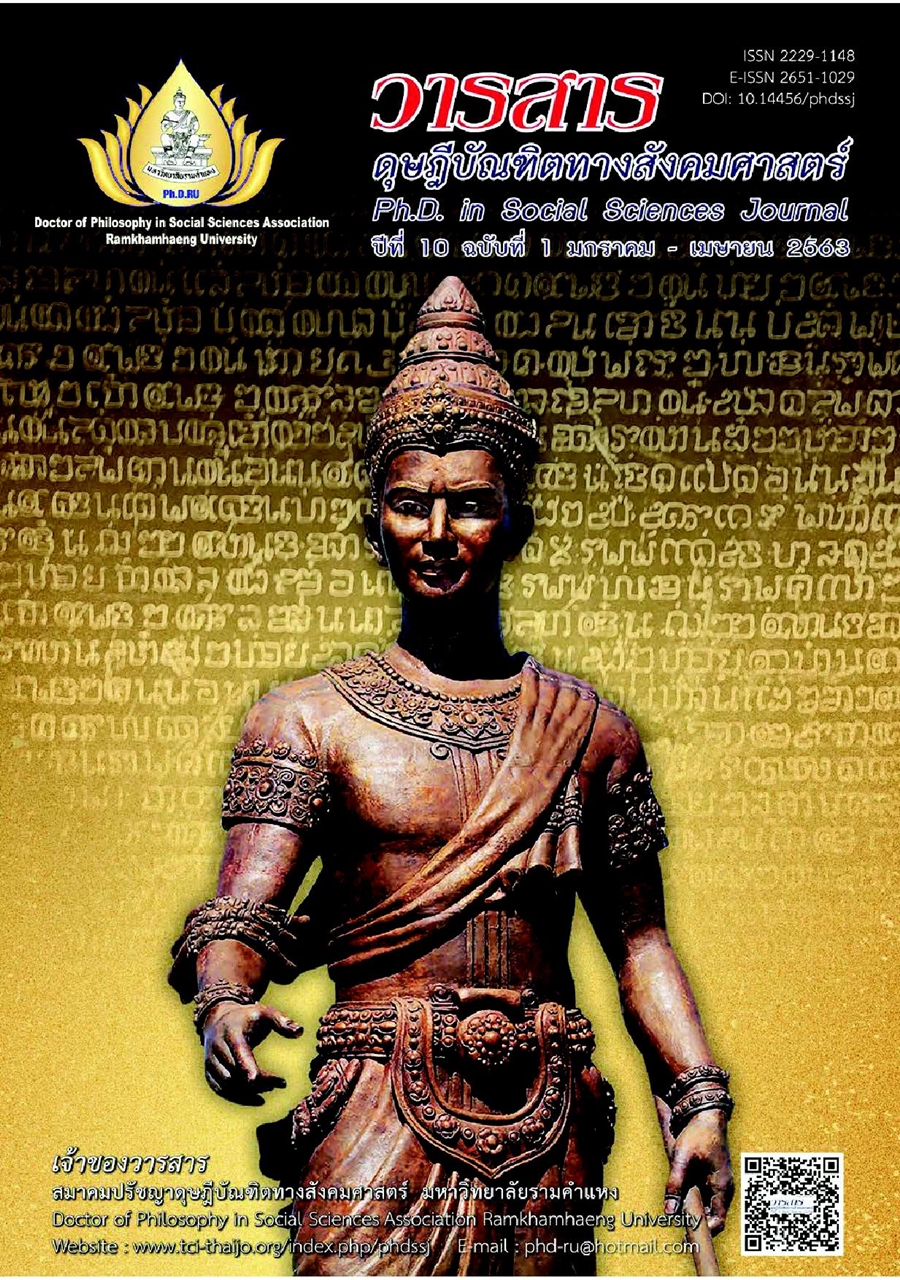Push and Pull Factors in Ecotourism by Community-Based In the Northern Area of Thailand
Main Article Content
Abstract
This research attempted to study Push-Pull Factors influencing on tourists’ behavior of community-based ecotourism approach in the Northern Thailand. The conceptual framework was based on Push-Pull model to explore tourists travelling behaviors. The research methodologies consisted of in-depth interview as well as survey by questionnaires from the community leaders, tourism entrepreneurs, tour guides, and those people involved in ecotourism community. The purposive random sampling was used to select 398 tourists in the six ecotourism communities. Data were analyzed by linear regression model, poison regression model, and zero inflated poison regression model.
The results indicated that factors motivating tourists’ decision on traveling to community based ecotourism consisted of 10 elements. Pull factors affecting tourist’s decision most were accessibility to facilities and travel activities, followed by natural resources and culture. Meanwhile self-development and status were respectively the two major push factors which affected decision.
Article Details
Academic articles, research articles, and book reviews in the Ph.D. in Social Sciences Journal are author’s opinions, and not the publisher’s, and is not the responsibility of the Ph.D. in Social Sciences Journal Philosophy Association, Ramkhamhaeng University. (In the case that research is done on human, the researcher has to be trained in Ethics for Doing Research on Human Training and has to produce the evidence of the training).
References
Boo, E. (1991). Planning for ecotourism. Parks, 2(3), 4-8.
Chen, L. J., & Chen, J. S. (2011). The motivations and expectations of international volunteer tourists: A case study of Chinese village traditions. Tourism Management, 32(2), 435-442.
Cromton, J. L. (1979). Motivation of pleasure vacations. Annals of Tourism Research, 6(4), 408-424.
Dann, G. M. S. (1981). Tourist motivation: An appraisal. Annals of Tourism Research, 8(2), 187-219.
Dann, M. S. (1977). Anomie, ego-enhancement and tourism. Annals of Tourism Research, 4(4), 184-194.
Fakeye, P. C., & Crompton, J. L. (1991). Image differences between prospective, first-time and repeat visitors to the lower Rio Grande valley. Journal of Travel Research, 30(2), 10-16.
Fennell, D. A. (1999). Ecotourism: An introduction. Routledge.
Hollway, J. C. (2002). The business of tourism. Peason Education.
Institute for Small and Medium Enterprise Development. (2018). Illuminating the trend of community tourism: SMEs entrepreneurs opportunities-community tourism operators. Retrieved from https://www.ismed.or.th/index.php [In Thai].
Iso-Ahola, S. E. (1982). Toward a social psychological theory of tourism motivation: A rejoinder. Annals of Tourism Research, 9(2), 256-262.
Kim, S.-S., Lee, C.-K., & Klenosky, D. B. (2005). The influence of push and pull factors at Korean national park. Tourism Management, 24(2), 169-180.
Klenosky, D. B. (2002). The pull of tourism destinations: A means-end investigation. Journal of Travel Research, 40(4), 385-395.
McGehee, N. G., Loker-Murphy, L., & Uysal, M. (1996). The Australian international pleasure travel market: Motivations from a gendered perspective. The Journal of Tourism Studies, 7(1), 45-57.
Oh, H. C., Uysal, M., & Weaver, P. A. (1995). Product bundles and market segments based on travel motivations: A canonical correlation approach. Jounal Hospitality Management, 14(2), 123-137.
Sampson, P. M. J. (1967). Commonsense in qualitative research. Journal of the Market Research Society.9(1), 30-38.
Yoon, Y., & Usal, M. (2005). An examination of the effects of motivation and satisfaction on destination loyalty: A structural model. Tourism Management, 26(1), 45-56.
Yuan, S., & McDonals, C. (1990). Motivational determinates of international pleasure time. Journal of Travel Research, 29(1), 42-44.


